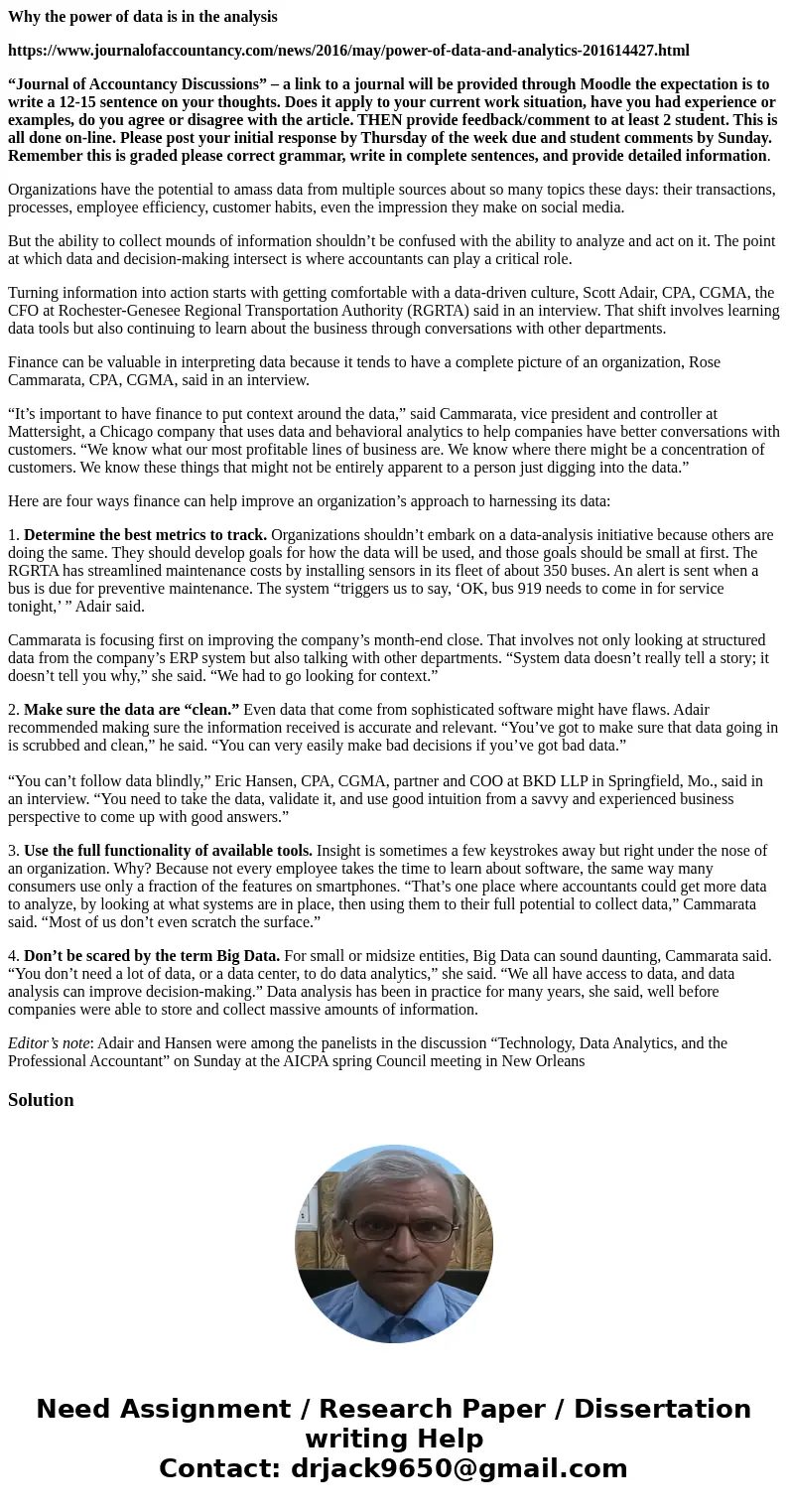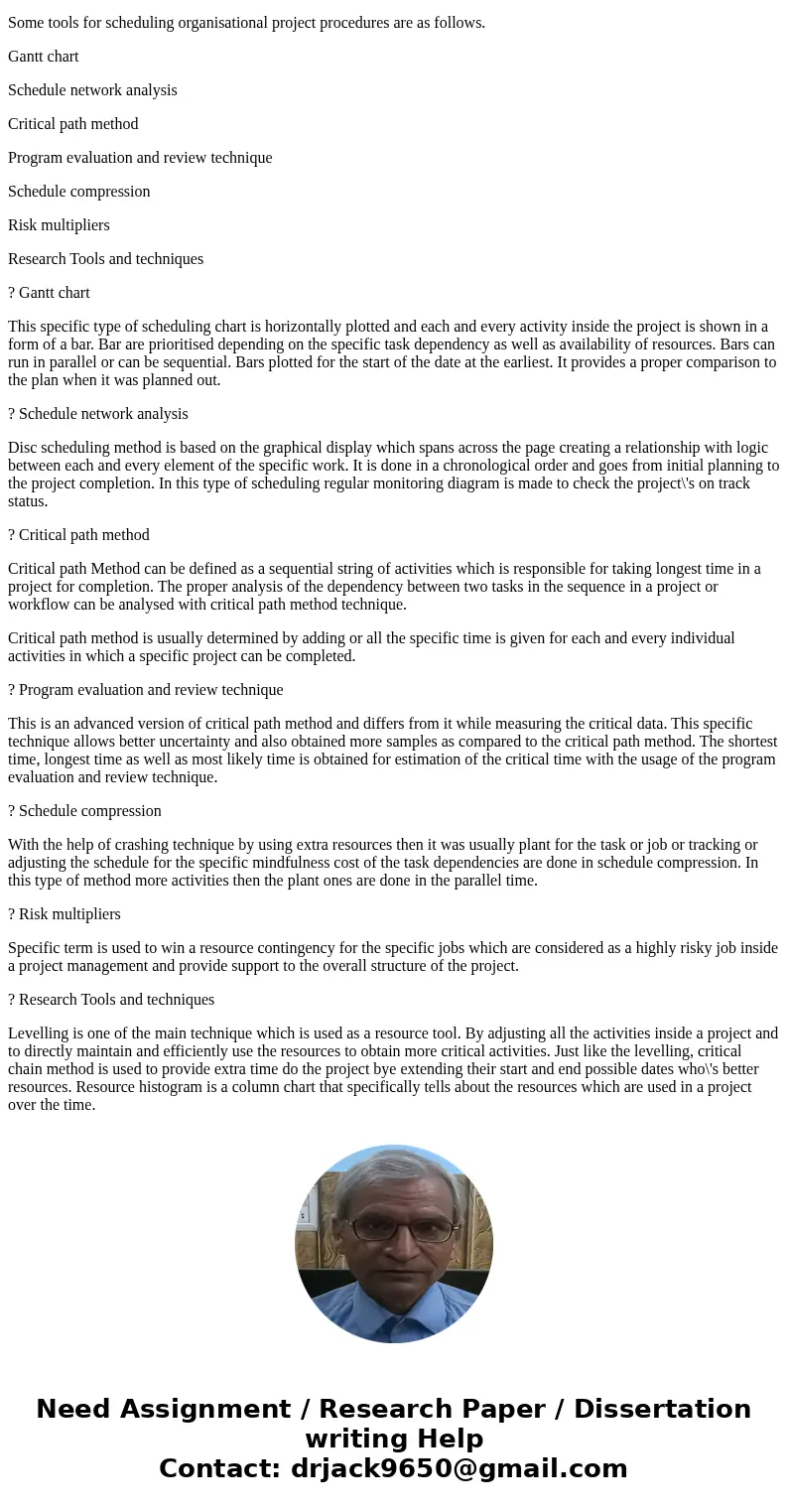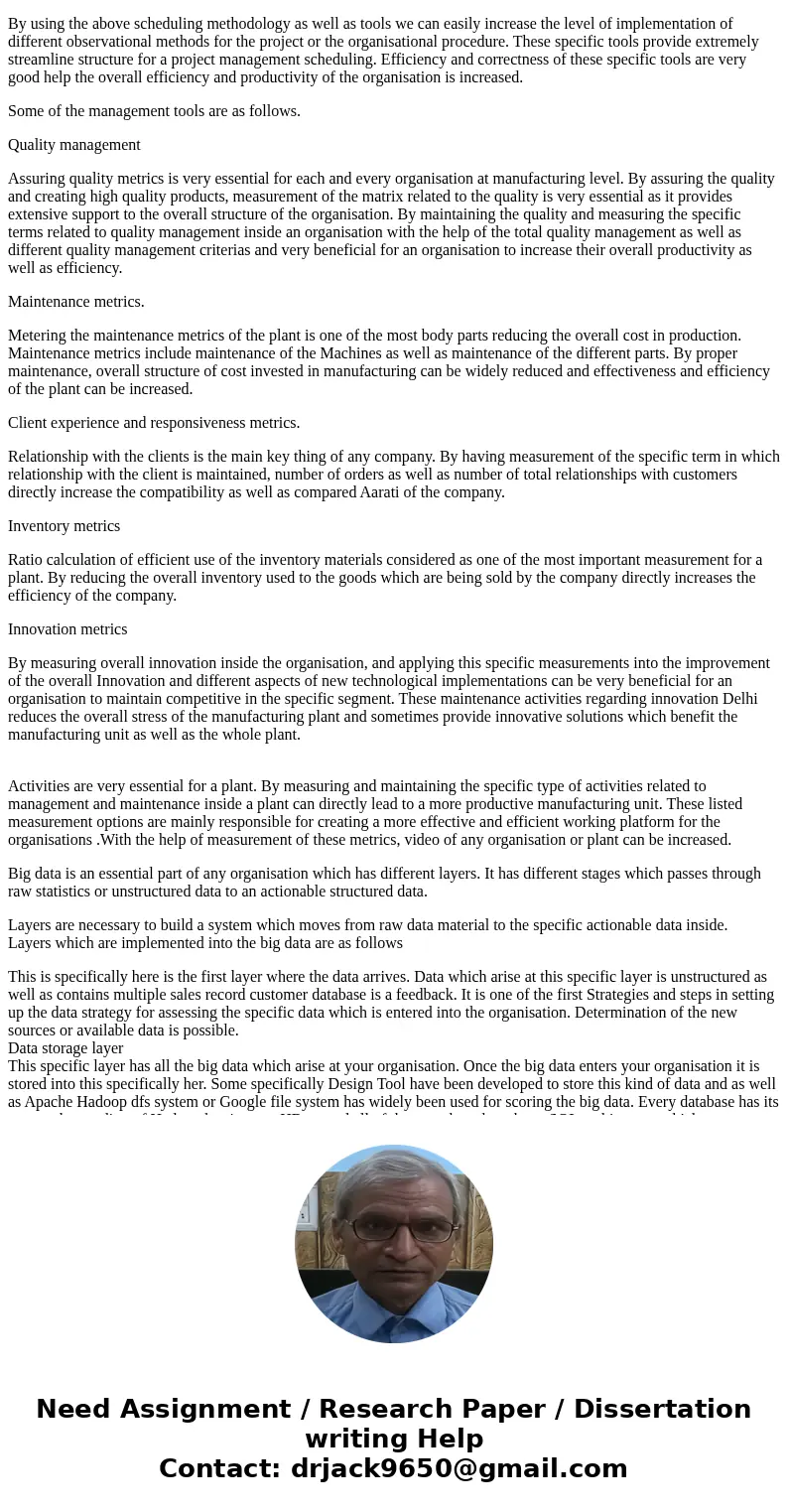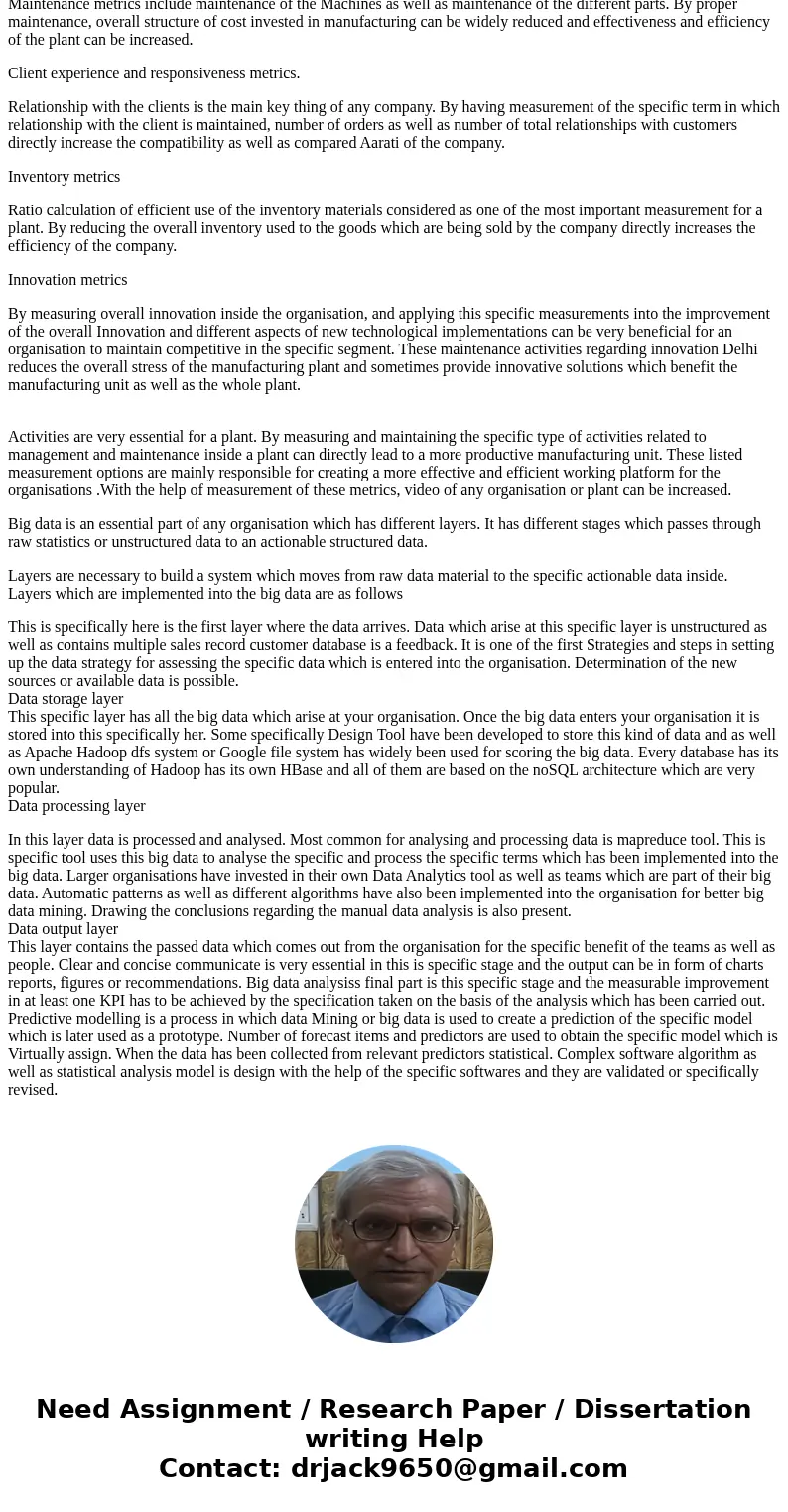Why the power of data is in the analysis httpswwwjournalofac
Why the power of data is in the analysis
https://www.journalofaccountancy.com/news/2016/may/power-of-data-and-analytics-201614427.html
“Journal of Accountancy Discussions” – a link to a journal will be provided through Moodle the expectation is to write a 12-15 sentence on your thoughts. Does it apply to your current work situation, have you had experience or examples, do you agree or disagree with the article. THEN provide feedback/comment to at least 2 student. This is all done on-line. Please post your initial response by Thursday of the week due and student comments by Sunday. Remember this is graded please correct grammar, write in complete sentences, and provide detailed information.
Organizations have the potential to amass data from multiple sources about so many topics these days: their transactions, processes, employee efficiency, customer habits, even the impression they make on social media.
But the ability to collect mounds of information shouldn’t be confused with the ability to analyze and act on it. The point at which data and decision-making intersect is where accountants can play a critical role.
Turning information into action starts with getting comfortable with a data-driven culture, Scott Adair, CPA, CGMA, the CFO at Rochester-Genesee Regional Transportation Authority (RGRTA) said in an interview. That shift involves learning data tools but also continuing to learn about the business through conversations with other departments.
Finance can be valuable in interpreting data because it tends to have a complete picture of an organization, Rose Cammarata, CPA, CGMA, said in an interview.
“It’s important to have finance to put context around the data,” said Cammarata, vice president and controller at Mattersight, a Chicago company that uses data and behavioral analytics to help companies have better conversations with customers. “We know what our most profitable lines of business are. We know where there might be a concentration of customers. We know these things that might not be entirely apparent to a person just digging into the data.”
Here are four ways finance can help improve an organization’s approach to harnessing its data:
1. Determine the best metrics to track. Organizations shouldn’t embark on a data-analysis initiative because others are doing the same. They should develop goals for how the data will be used, and those goals should be small at first. The RGRTA has streamlined maintenance costs by installing sensors in its fleet of about 350 buses. An alert is sent when a bus is due for preventive maintenance. The system “triggers us to say, ‘OK, bus 919 needs to come in for service tonight,’ ” Adair said.
Cammarata is focusing first on improving the company’s month-end close. That involves not only looking at structured data from the company’s ERP system but also talking with other departments. “System data doesn’t really tell a story; it doesn’t tell you why,” she said. “We had to go looking for context.”
2. Make sure the data are “clean.” Even data that come from sophisticated software might have flaws. Adair recommended making sure the information received is accurate and relevant. “You’ve got to make sure that data going in is scrubbed and clean,” he said. “You can very easily make bad decisions if you’ve got bad data.”
“You can’t follow data blindly,” Eric Hansen, CPA, CGMA, partner and COO at BKD LLP in Springfield, Mo., said in an interview. “You need to take the data, validate it, and use good intuition from a savvy and experienced business perspective to come up with good answers.”
3. Use the full functionality of available tools. Insight is sometimes a few keystrokes away but right under the nose of an organization. Why? Because not every employee takes the time to learn about software, the same way many consumers use only a fraction of the features on smartphones. “That’s one place where accountants could get more data to analyze, by looking at what systems are in place, then using them to their full potential to collect data,” Cammarata said. “Most of us don’t even scratch the surface.”
4. Don’t be scared by the term Big Data. For small or midsize entities, Big Data can sound daunting, Cammarata said. “You don’t need a lot of data, or a data center, to do data analytics,” she said. “We all have access to data, and data analysis can improve decision-making.” Data analysis has been in practice for many years, she said, well before companies were able to store and collect massive amounts of information.
Editor’s note: Adair and Hansen were among the panelists in the discussion “Technology, Data Analytics, and the Professional Accountant” on Sunday at the AICPA spring Council meeting in New Orleans
Solution
Some tools for scheduling organisational project procedures are as follows.
Gantt chart
Schedule network analysis
Critical path method
Program evaluation and review technique
Schedule compression
Risk multipliers
Research Tools and techniques
? Gantt chart
This specific type of scheduling chart is horizontally plotted and each and every activity inside the project is shown in a form of a bar. Bar are prioritised depending on the specific task dependency as well as availability of resources. Bars can run in parallel or can be sequential. Bars plotted for the start of the date at the earliest. It provides a proper comparison to the plan when it was planned out.
? Schedule network analysis
Disc scheduling method is based on the graphical display which spans across the page creating a relationship with logic between each and every element of the specific work. It is done in a chronological order and goes from initial planning to the project completion. In this type of scheduling regular monitoring diagram is made to check the project\'s on track status.
? Critical path method
Critical path Method can be defined as a sequential string of activities which is responsible for taking longest time in a project for completion. The proper analysis of the dependency between two tasks in the sequence in a project or workflow can be analysed with critical path method technique.
Critical path method is usually determined by adding or all the specific time is given for each and every individual activities in which a specific project can be completed.
? Program evaluation and review technique
This is an advanced version of critical path method and differs from it while measuring the critical data. This specific technique allows better uncertainty and also obtained more samples as compared to the critical path method. The shortest time, longest time as well as most likely time is obtained for estimation of the critical time with the usage of the program evaluation and review technique.
? Schedule compression
With the help of crashing technique by using extra resources then it was usually plant for the task or job or tracking or adjusting the schedule for the specific mindfulness cost of the task dependencies are done in schedule compression. In this type of method more activities then the plant ones are done in the parallel time.
? Risk multipliers
Specific term is used to win a resource contingency for the specific jobs which are considered as a highly risky job inside a project management and provide support to the overall structure of the project.
? Research Tools and techniques
Levelling is one of the main technique which is used as a resource tool. By adjusting all the activities inside a project and to directly maintain and efficiently use the resources to obtain more critical activities. Just like the levelling, critical chain method is used to provide extra time do the project bye extending their start and end possible dates who\'s better resources. Resource histogram is a column chart that specifically tells about the resources which are used in a project over the time.
By using the above scheduling methodology as well as tools we can easily increase the level of implementation of different observational methods for the project or the organisational procedure. These specific tools provide extremely streamline structure for a project management scheduling. Efficiency and correctness of these specific tools are very good help the overall efficiency and productivity of the organisation is increased.
Some of the management tools are as follows.
Quality management
Assuring quality metrics is very essential for each and every organisation at manufacturing level. By assuring the quality and creating high quality products, measurement of the matrix related to the quality is very essential as it provides extensive support to the overall structure of the organisation. By maintaining the quality and measuring the specific terms related to quality management inside an organisation with the help of the total quality management as well as different quality management criterias and very beneficial for an organisation to increase their overall productivity as well as efficiency.
Maintenance metrics.
Metering the maintenance metrics of the plant is one of the most body parts reducing the overall cost in production. Maintenance metrics include maintenance of the Machines as well as maintenance of the different parts. By proper maintenance, overall structure of cost invested in manufacturing can be widely reduced and effectiveness and efficiency of the plant can be increased.
Client experience and responsiveness metrics.
Relationship with the clients is the main key thing of any company. By having measurement of the specific term in which relationship with the client is maintained, number of orders as well as number of total relationships with customers directly increase the compatibility as well as compared Aarati of the company.
Inventory metrics
Ratio calculation of efficient use of the inventory materials considered as one of the most important measurement for a plant. By reducing the overall inventory used to the goods which are being sold by the company directly increases the efficiency of the company.
Innovation metrics
By measuring overall innovation inside the organisation, and applying this specific measurements into the improvement of the overall Innovation and different aspects of new technological implementations can be very beneficial for an organisation to maintain competitive in the specific segment. These maintenance activities regarding innovation Delhi reduces the overall stress of the manufacturing plant and sometimes provide innovative solutions which benefit the manufacturing unit as well as the whole plant.
Activities are very essential for a plant. By measuring and maintaining the specific type of activities related to management and maintenance inside a plant can directly lead to a more productive manufacturing unit. These listed measurement options are mainly responsible for creating a more effective and efficient working platform for the organisations .With the help of measurement of these metrics, video of any organisation or plant can be increased.
Big data is an essential part of any organisation which has different layers. It has different stages which passes through raw statistics or unstructured data to an actionable structured data.
Layers are necessary to build a system which moves from raw data material to the specific actionable data inside.
Layers which are implemented into the big data are as follows
This is specifically here is the first layer where the data arrives. Data which arise at this specific layer is unstructured as well as contains multiple sales record customer database is a feedback. It is one of the first Strategies and steps in setting up the data strategy for assessing the specific data which is entered into the organisation. Determination of the new sources or available data is possible.
Data storage layer
This specific layer has all the big data which arise at your organisation. Once the big data enters your organisation it is stored into this specifically her. Some specifically Design Tool have been developed to store this kind of data and as well as Apache Hadoop dfs system or Google file system has widely been used for scoring the big data. Every database has its own understanding of Hadoop has its own HBase and all of them are based on the noSQL architecture which are very popular.
Data processing layer
In this layer data is processed and analysed. Most common for analysing and processing data is mapreduce tool. This is specific tool uses this big data to analyse the specific and process the specific terms which has been implemented into the big data. Larger organisations have invested in their own Data Analytics tool as well as teams which are part of their big data. Automatic patterns as well as different algorithms have also been implemented into the organisation for better big data mining. Drawing the conclusions regarding the manual data analysis is also present.
Data output layer
This layer contains the passed data which comes out from the organisation for the specific benefit of the teams as well as people. Clear and concise communicate is very essential in this is specific stage and the output can be in form of charts reports, figures or recommendations. Big data analysiss final part is this specific stage and the measurable improvement in at least one KPI has to be achieved by the specification taken on the basis of the analysis which has been carried out.
Predictive modelling is a process in which data Mining or big data is used to create a prediction of the specific model which is later used as a prototype. Number of forecast items and predictors are used to obtain the specific model which is Virtually assign. When the data has been collected from relevant predictors statistical. Complex software algorithm as well as statistical analysis model is design with the help of the specific softwares and they are validated or specifically revised.




 Homework Sourse
Homework Sourse